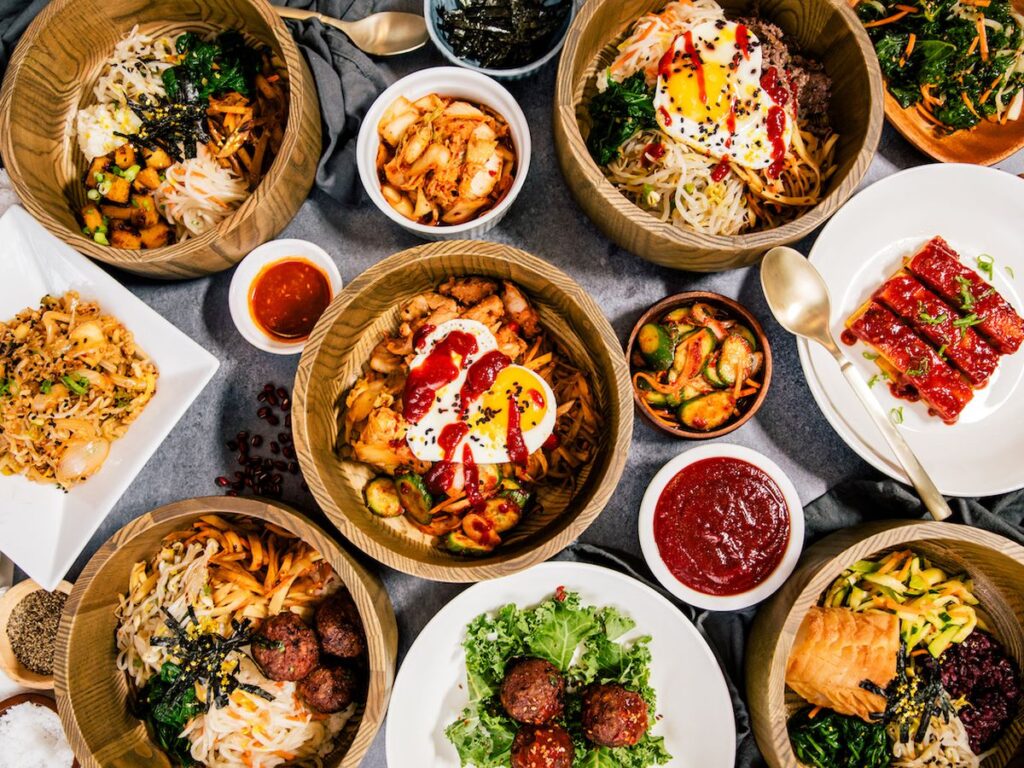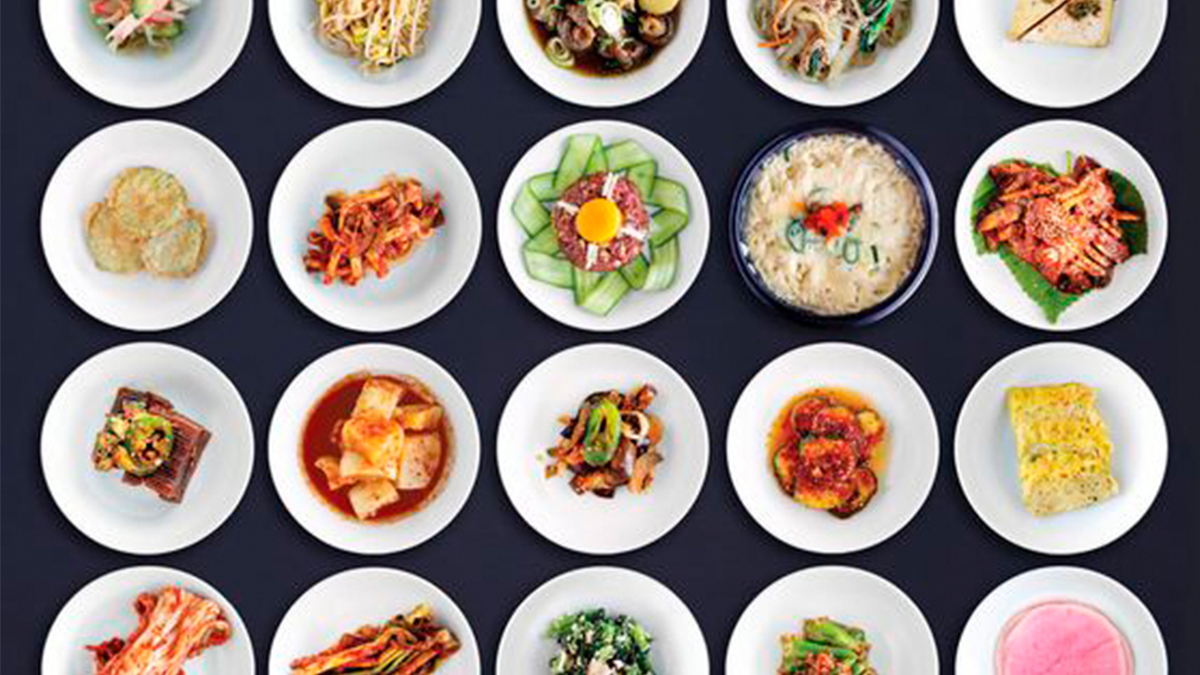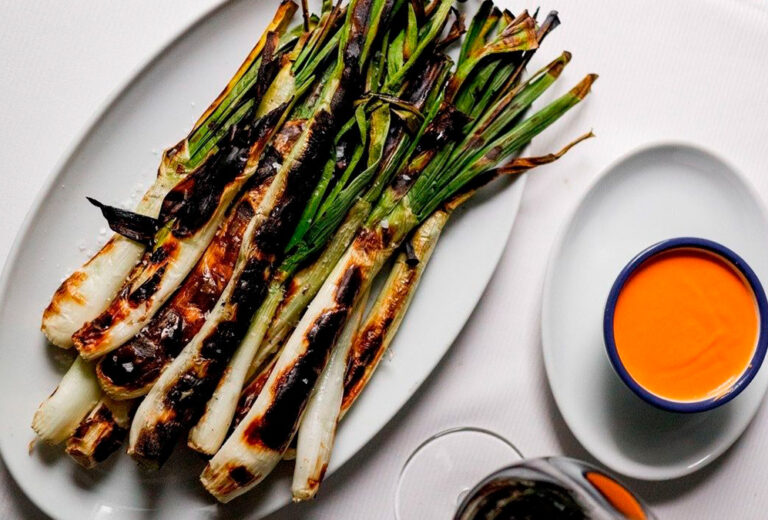Click here to read the Spanish version.
Considering that South Korean culture is at the epicentre of the cultural zeitgeist, even its cuisine is becoming a trend. The new wave of “hallyu”, as an expansive movement of global interest in Korea, is thus crossing the world of gastronomy, generating a latent obsession with K-Food or Korean food. A reality that underlies a series of benefits, both for our skin and our organism.
This balanced diet, which detoxifies and purifies the skin, includes a whole range of typical dishes made up, above all, of vegetables, usually raw, cooked or fermented, fruit, fish, rice or noodles, pulses or potatoes. Thus, viral foods such as kimchi, and its high content of vitamins A, B and C, generate a cult following for its antioxidant and probiotic properties. In addition, steamed or boiled vegetables provide a large amount of vitamins and minerals, while the spices incorporated into this diet, such as paprika or chulli, also antioxidants, accelerate the metabolism and “burn calories” more quickly.
Why is K-food on the rise?
In this sense, for Koreans, food becomes a medicine or antidote to fast food: a culinary philosophy that experiments with flavours and their healthy spectrum. A concept that has become a concept that Eduard Baladia says could be linked to the prevention of obesity in the social networks. A favourable factor that would add to the narrative projected by the media and the articles that affirm that obesity is not a problem in Korea, evidencing the protective level of its diet.
“However, if we read scientific papers on the prevalence of obesity in Korea (using the BMI cut-off points for Asia-Pacific, which would be correct and is different for Caucasians; BMI >25 for Asians is already obesity), we can see that obesity in Korea has increased steadily since 2009. Since 2009 obesity in Korea has steadily increased from 29.7% in 2009 to 36.3% in 2019. So there is a growing obesity problem in Korea, so lifestyle habits should not be so protective, and certainly kimichi, spicy, tea, garlic or banana milk (all highlighted components of that diet), do not seem to be miraculous.”

Capitalising on the trend
Beyond this paradigm, the expert points out that the obsession with K-food could be associated with an entire industry and country interested in exporting products. “It is not surprising that there is a political and economic interest in promoting the perception of K-food in order to sell products outside the country. There is also a saga of K-influencers on social media, ranging from gastronomy to ‘eating show or mukbang’ (eating in front of the camera), who will undoubtedly have something to do with it.
Despite this, the whole gastronomic phenomenon that has gone viral on the screen could be reduced to a real healthy diet based on traditional Korean cuisine. So says the dietician, who advocates all its nutritional benefits: from the patterns of rice and kimchi, and other vegetables, to the use of steaming as a cooking technique. And not in the trend linked to those foods we might find on the stands of K-food shops, full of noodles and processed foods.
After all, the specialised recommendation would be to enter the K-food universe as a gastronomic and hedonic experience of Korean cuisine, which dispels all the myths suspended around this diet linked to a series of “magical” or “healthier” eating patterns to be incorporated into our culinary culture.





